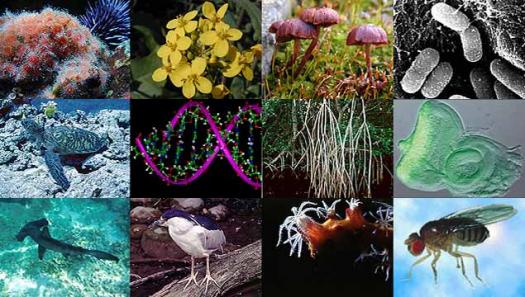Biology 111 -fall 2014 Final Cumulative Exam
26 Questions
| Attempts: 71
Submit
2.
You may optionally provide this to label your report, leaderboard, or certificate.
Submit
Submit
Submit
Submit
Submit
Submit
Submit
Submit
×
Thank you for your feedback!
















